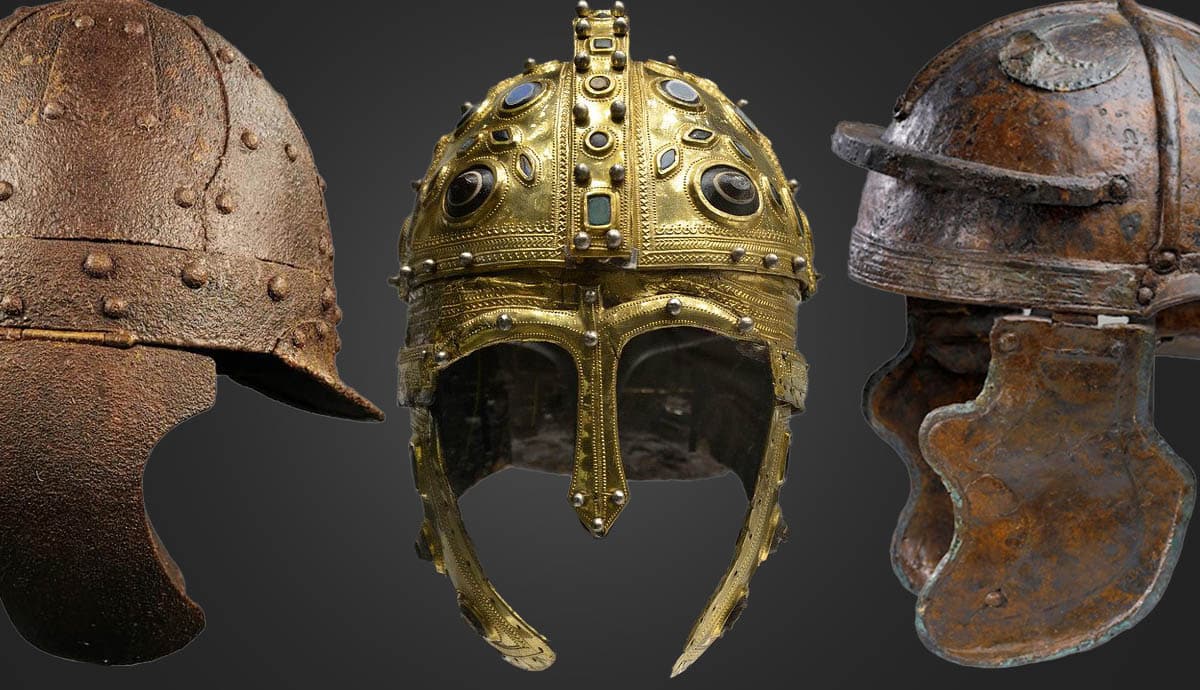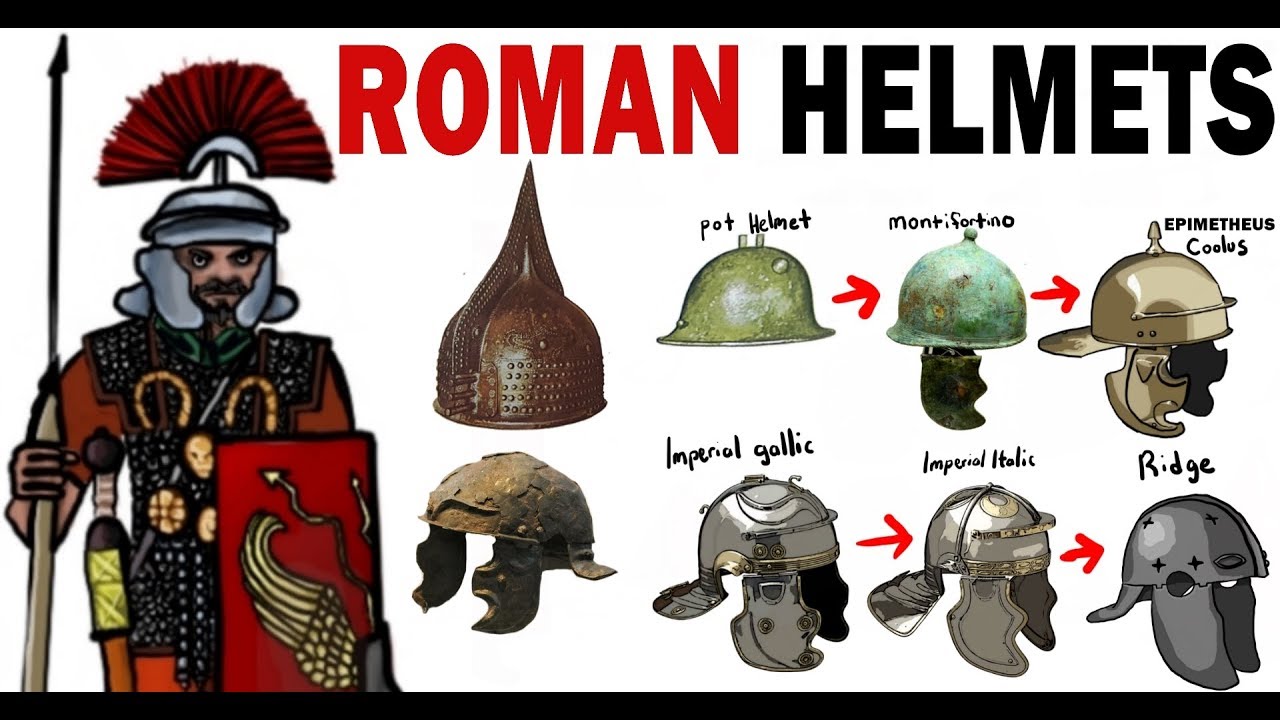Alright friends, grabbed my coffee and headed down to the workshop this morning feeling pumped. Totally inspired after binge-watching some Roman history docs last night. That title? Yeah, that’s today’s mission: figuring out those Ancient Roman Soldier Helmet styles for real. Not just reading about them, but actually making something to understand it.
Starting Simple: The Basic Pot Look
First thing I thought? "How hard can a helmet be? Looks like a fancy metal bowl!" Famous last words. I grabbed some spare sheet brass I had lying around – thicker stuff I normally use for corners – and started hammering it over the rounded end of my old anvil. Just wanted that basic, smooth dome shape you see in really early statues. Hammered for what felt like ages, hands were starting to ache. Finally got a decent bowl shape. But then I looked closer at reference pics... it was way too smooth, too simple. Felt flat. Realized quick this was probably the "Montefortino" style people talk about – super basic, like putting a cooking pot on your head from the Republic days. Felt kinda plain.
Getting Fancier: Trying the "Gallic" Thing
Okay, so the plain pot wasn't cutting it. Needed more style, more Roman. Dove back into the books and online museum galleries. That's when these other designs popped out – the ones called "Imperial Gallic" mostly. What jumped out?

- That big, flared neck guard – like a sun hat for your shoulders? Totally missed that on the first try.
- Cheek guards that actually looked useful – proper flaps, hinged or tied on.
- That brow ridge! Looked mean, like a built-in frown.
- And decorations – rivets, embossed patterns on the brow ridge.
Clearly needed a do-over. Got fresh brass sheet, thinner this time. Painstakingly shaped the dome again, but focused hard on flaring out the back for that neck shield. That took some serious hammer finesse, had to anneal the metal a couple times to keep it from cracking. Cut out rough cheek guard shapes from thicker off-cuts – they looked like misshapen paddles at first. Drilled tiny holes, fiddled with copper wire loops as hinges... nightmare trying to get them to sit right without pinching.
The brow ridge was the real test. Took a narrow strip of brass, hammered it along a groove on a piece of steel angle to get that curved profile. Soldered it? Bad idea. Too big. Riveted it instead – took four tries to get it even halfway straight across the front of the helmet dome. Felt so shaky! Added a couple of little brass dots as rivet heads around the base for looks. This attempt took days, not hours.
The Big Lightbulb Moment: Function Over Fashion?
Here’s where it clicked hard. While I was wrestling with the cheek guard wire, I bashed the finished brow ridge hard by accident with my hammer handle. Winced, expecting a massive dent. But guess what? That little ridge took the hit like a champ! Just a minor scratch. That flared neck guard? I purposely tapped the back of the helmet with a piece of scrap wood – the blow deflected straight down and away, almost missing my model head. Those big cheek guards? Held out and stopped a light tap square on the temple.
Suddenly, all these weird lumps and flanges made brutal sense. It wasn't just about looking scary or fancy (though that brow ridge is intimidating!). This was about pure, brutal survival engineering:
- Brow ridge: Deflects downward blows towards the eyes.
- Neck guard: Catches stray arrows and chops from behind.
- Cheek guards: Protects the jaw and sides of the face from slashes.
The dome itself? Essential, but clearly not enough alone. This whole exercise changed my perspective completely. Seeing replicas in museums is one thing, but actually feeling how those design choices worked in a simulated 'bump' – even just a clumsy workshop tap – made the legionnaires' gear feel brutally brilliant.

My "Imperial Gallic" helmet ain't museum quality, not by a mile. It sits on my workbench looking rough around the edges, maybe permanently wonky on one cheek guard. But trying to build this stuff? That hammering, the failed rivets, the realization during that accidental whack? That's what finally made those ancient helmets feel real. Way cooler than any picture.










